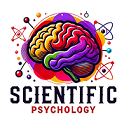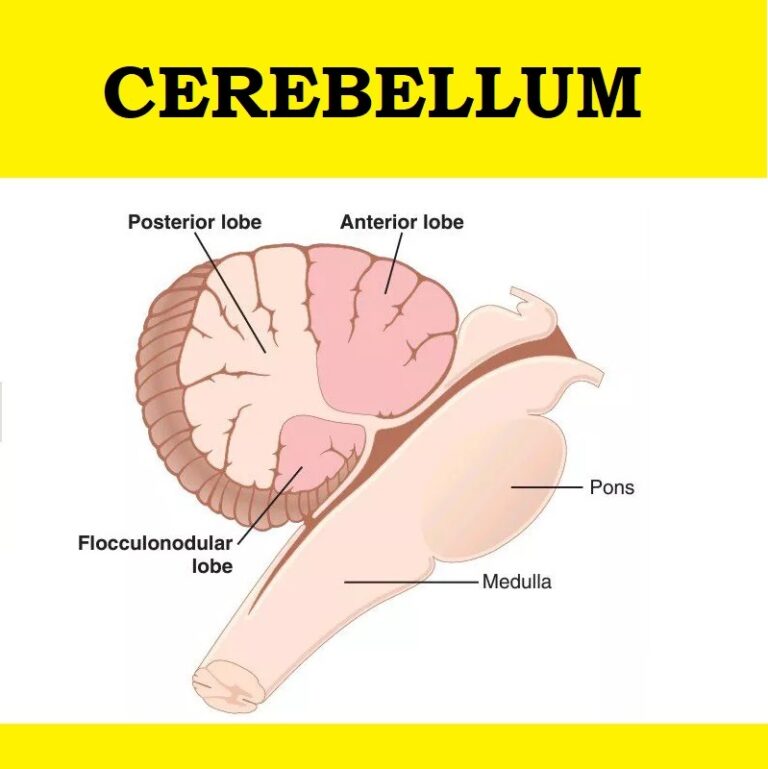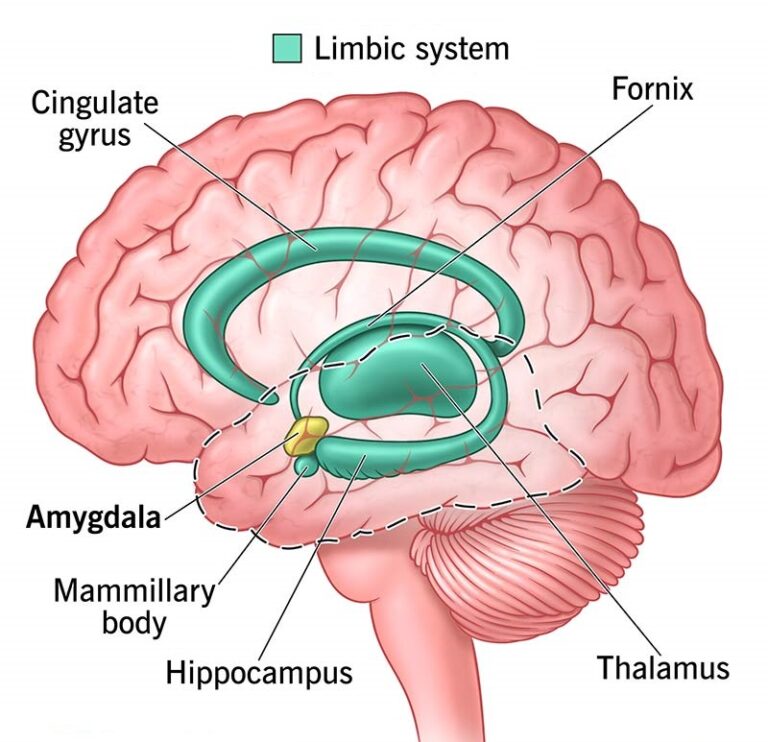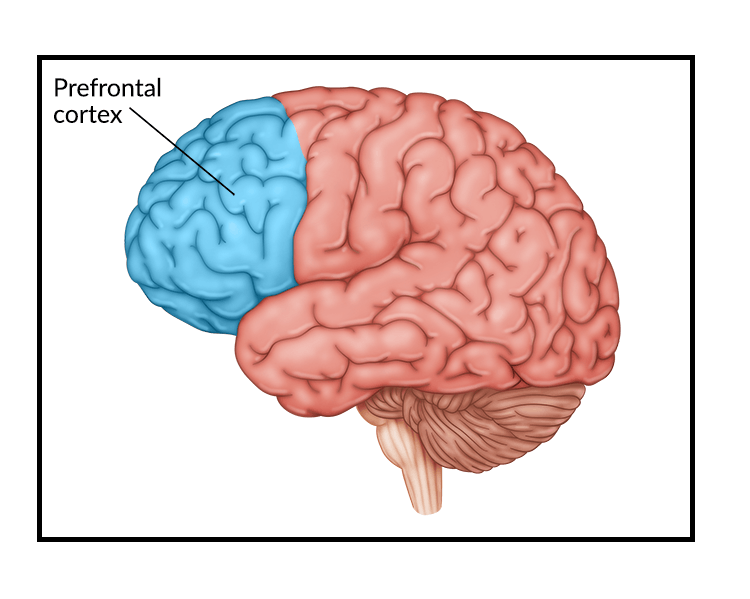
Career guidance refers to structured interventions aimed at helping individuals make informed educational, training, and occupational choices. It encompasses counseling, assessments, and mentorship to align an individual’s skills, interests, values, and personality with suitable career paths.
1. Definition and Objectives of Career Guidance
Career guidance involves systematic efforts to:
- Assess individual aptitudes, interests, and skills.
- Inform about career options, pathways, and labor market trends.
- Advise on educational and professional planning.
- Empower individuals to make independent career choices.
Key Objectives:
- Enhance self-awareness.
- Facilitate informed decision-making.
- Promote alignment between individual potential and market needs.
Example: A high school student unsure about career options is guided using an interest inventory and counseling sessions. This results in a decision to pursue engineering, supported by a step-by-step roadmap.
2. Theoretical Frameworks in Career Guidance
Several theories underpin career guidance practices, providing diverse perspectives on how individuals choose careers.
2.1 Holland’s Career Typology
Holland’s theory emphasizes the alignment of personality types with work environments. The six types are:
- Realistic: Practical, hands-on jobs (e.g., mechanics).
- Investigative: Analytical roles (e.g., scientists).
- Artistic: Creative professions (e.g., designers).
- Social: Interpersonal-oriented jobs (e.g., teachers).
- Enterprising: Leadership roles (e.g., managers).
- Conventional: Structured tasks (e.g., accountants).
Example: A college student scoring high in the “Investigative” and “Artistic” domains is guided toward a career in research-based art curation.
2.2 Super’s Life-Span, Life-Space Theory
This theory highlights career development as a lifelong process influenced by life roles, self-concept, and environmental factors.
Stages of Career Development:
- Growth (Childhood).
- Exploration (Adolescence).
- Establishment (Early adulthood).
- Maintenance (Midlife).
- Decline (Retirement).
Scenario: An individual in the exploration stage, unsure of their future, undergoes a self-concept inventory to identify core strengths, resulting in a clearer career trajectory.
3. Tools and Methods in Career Guidance
Career guidance utilizes psychometric tests, counseling techniques, and mentorship to assist individuals.
3.1 Psychometric Testing
Psychometric tools assess personality, interests, and abilities.
| Test Name | Purpose | Example |
|---|---|---|
| MBTI (Myers-Briggs Type Indicator) | Identifies personality type | Recommends careers matching personality traits. |
| Strong Interest Inventory | Assesses career-related interests | Guides individuals toward industries of interest. |
| Aptitude Tests | Evaluates cognitive abilities | Determines suitability for specific fields. |
Example: A college graduate scoring high on spatial reasoning in an aptitude test is advised to pursue architecture.
3.2 Counseling Techniques
- Motivational Interviewing: Helps individuals articulate and resolve career dilemmas.
- Solution-Focused Counseling: Encourages goal-setting and action plans.
3.3 Scenario-Based Career Mapping
Career mapping uses hypothetical scenarios to clarify long-term goals.
Scenario: A young professional dissatisfied with their current job is guided through career mapping exercises, uncovering a passion for entrepreneurship.
4. Applications of Career Guidance
4.1 Educational Settings
Career guidance in schools and colleges helps students transition from education to employment.
Example: A high school career fair provides students access to career counselors and workshops on resume building and interview skills.
4.2 Organizational Context
Career counseling in organizations enhances employee satisfaction and retention by aligning roles with individual strengths.
Example: An HR department uses MBTI results to identify leadership potential in employees, creating targeted training programs.
Table: Career Guidance in Different Contexts
| Setting | Purpose | Example |
|---|---|---|
| Schools | Help students identify career interests | Organizing aptitude tests and workshops. |
| Colleges | Facilitate transitions to the workforce | Providing internship opportunities. |
| Organizations | Improve employee satisfaction and growth | Offering career coaching and skill assessments. |
| Community Programs | Support underprivileged individuals | Conducting job readiness training. |
5. Research Findings on Career Guidance
Effectiveness in Schools
Research by Whiston et al. (2011) showed that school-based career guidance programs improve student decision-making and reduce career indecision.
Impact on Employee Retention
A study by Ghosh and Reio (2013) found that career counseling in organizations enhances employee engagement and reduces turnover.
Role in Mental Health
According to Patton and McMahon (2014), career guidance positively impacts mental health by reducing anxiety related to career uncertainty.
6. Challenges in Career Guidance
6.1 Cultural and Socioeconomic Barriers
- Many individuals lack access to career guidance due to financial or geographic constraints.
- Cultural biases in psychometric tools may lead to inaccurate recommendations.
Example: A rural student aspiring to join a professional field struggles due to limited access to counseling resources.
6.2 Overemphasis on Testing
While tests provide valuable insights, over-reliance can undermine the holistic understanding of an individual’s potential.
7. Ethical Considerations
- Confidentiality: Ensuring test results remain private.
- Informed Consent: Clients must be informed about the purpose and limitations of assessments.
- Avoiding Bias: Recommendations should be free from gender, cultural, or socioeconomic biases.
Conclusion
Career guidance is a vital tool for empowering individuals to navigate the complexities of career decision-making. By leveraging psychological theories, assessments, and counseling techniques, career guidance addresses the dynamic needs of students, professionals, and job seekers. However, addressing challenges such as accessibility and cultural sensitivity is crucial for equitable outcomes.
References
- Ghosh, R., & Reio, T. G. (2013). Career development in organizations and employee retention: Implications for research and practice. Journal of Career Development, 40(1), 1-19.
- Patton, W., & McMahon, M. (2014). Career development and systems theory: Connecting theory and practice. Springer.
- Whiston, S. C., Tai, W. L., Rahardja, D., & Eder, K. (2011). School counseling outcome: A meta‐analytic examination of interventions. Journal of Counseling & Development, 89(1), 37-55.






